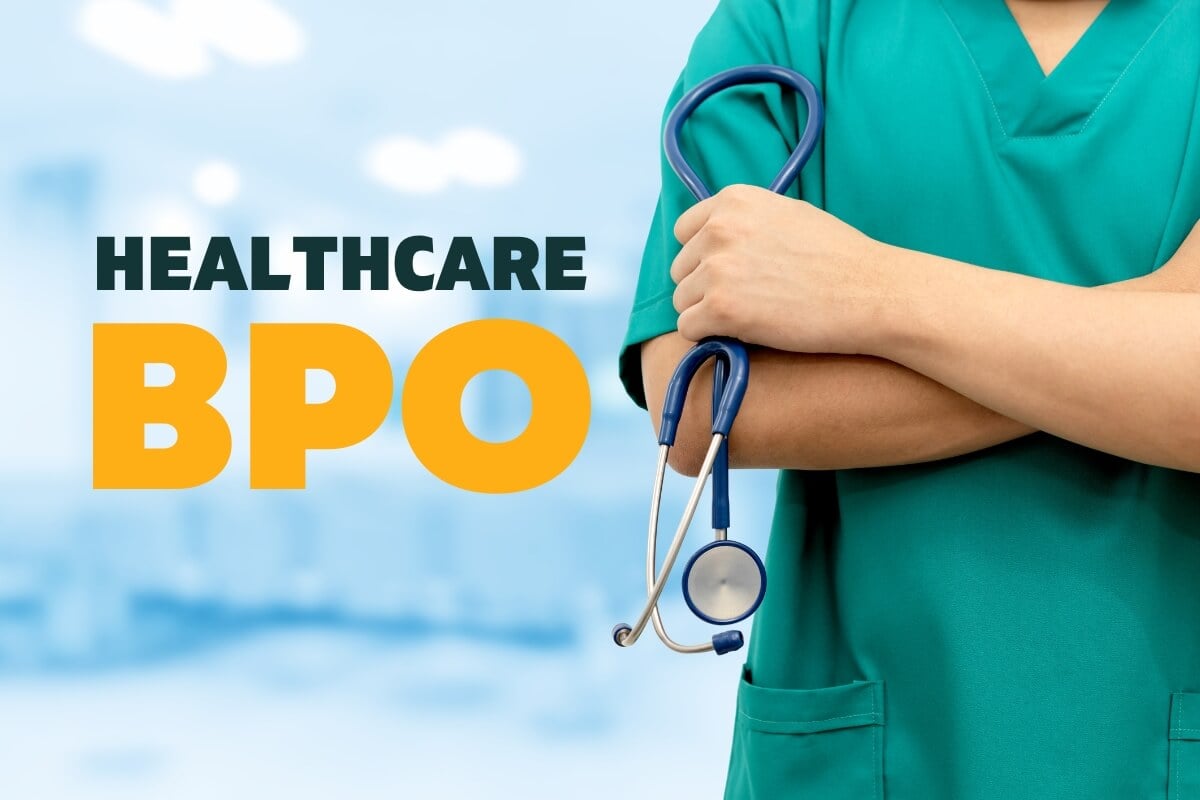Healthcare RCM: Maximize Earnings Cycle Monitoring for Better Outcomes
Healthcare RCM: Maximize Earnings Cycle Monitoring for Better Outcomes
Blog Article
A Comprehensive Guide on How Healthcare RCM Functions to Improve Invoicing and Collections
Browsing the complexities of health care revenue cycle administration (RCM) is crucial for companies intending to improve their billing and collections processes. The guide unboxes the ins and outs of RCM, from person enrollment to receivables management, supplying insights into optimizing each step. Incorporating advanced modern technology and standardized treatments can substantially reduce insurance claim denials and speed up settlement cycles. Yet, real obstacle lies in perfectly merging these aspects to increase cash flow. As we discover the core components and techniques that drive efficiency, one question continues to be: exactly how can health care entities ideal setting themselves to flourish monetarily in an ever-evolving industry?
Comprehending Income Cycle Management
Comprehending the intricacies of Profits Cycle Administration (RCM) is crucial for healthcare companies aiming to maximize their economic efficiency. RCM is a crucial administrative feature that includes the whole financial process of person treatment, from the first appointment readying to the last repayment of the equilibrium. It is an intricate treatment made to recognize, collect, and handle the earnings from the services given to individuals. Reliable RCM makes sure that doctor get exact and timely payments, lessening the threat of earnings loss and enhancing capital.
The RCM procedure begins when a patient routines a consultation and extends with the patient's treatment trip, including billing and collections. An essential goal is to minimize the time between offering a service and obtaining payment, therefore improving the organization's financial wellness. RCM entails numerous functions such as client enrollment, insurance verification, charge capture, coding, declares entry, settlement uploading, and dealing with denials and charms.
Key Components of RCM
In the realm of Revenue Cycle Management (RCM), understanding its vital elements is essential to achieving economic performance within health care companies. RCM is a thorough procedure that includes different phases, each crucial to ensuring reliable invoicing and collections. The primary components include person registration, insurance confirmation, charge capture, coding, claim submission, settlement publishing, and balance due monitoring.


When coded, claims are sent to payers, where precision is critical to avoid hold-ups or rejections - Healthcare RCM. Payment posting involves videotaping the received payments, which enables for the reconciliation of accounts. Lastly, balance dues management focuses on tracking and resolving overdue claims, making certain prompt follow-up and resolution
Each part of RCM is adjoined, and ineffectiveness in any type of part can interfere with the entire cycle. For that reason, grasping these aspects is essential for doctor to enhance income and improve their monetary health and wellness.
Techniques for Efficient Billing

Standardizing payment procedures throughout the company is an additional key technique. Establishing clear guidelines for documents, coding, and entry assists maintain consistency and compliance with governing demands. Training personnel frequently on these treatments Web Site ensures every person is current with the most up to date changes in billing codes and payer policies.
Exact cost capture is necessary in protecting against profits leakage. Carrying out regular audits and tracking systems permits the identification and correction of disparities prior to they impact revenue. In addition, keeping open lines of communication with payers aids to promptly resolve any conflicts or misunderstandings that may emerge.

Finally, engaging people early in the invoicing process by offering clear quotes and educational products regarding their monetary duties can substantially minimize complication and improve settlement timeliness. These approaches collectively add to an extra effective and financially healthy and balanced payment system.
Enhancing Collections Processes
Given the complexities of medical billing and the range of payer needs, enhancing the collections procedure involves executing calculated procedures that ensure timely and exact repayment of services provided. Automation tools can assist in tracking insurance claim statuses, sending out prompt pointers to clients, and managing denials much more efficiently.
Clear and transparent client communications are important. Providing comprehensive descriptions of costs and using adaptable repayment strategies can increase client satisfaction and prompt payments.
Normal audits of the collections procedure need to be conducted to recognize locations for enhancement and guarantee compliance with guidelines. By evaluating data, health care companies can identify trends, prepare for prospective problems, and adapt techniques accordingly (Healthcare RCM). Ultimately, a well-enhanced collections process not only sustains economic health and wellness but this article also adds to a more smooth experience for patients and staff alike
Optimizing Revenue Streams
Building upon the structure of a solid collections process, medical care companies can even more bolster their economic security by tactically optimizing income streams. This entails a multi-faceted technique, beginning with a thorough evaluation of existing profits sources to recognize inadequacies and areas for development. Using innovative information analytics tools makes it possible for companies to get insights right into payer mix, person demographics, and service application patterns, enabling data-driven choices that improve profits capture.
Carrying out automated invoicing systems can dramatically reduce mistakes and quicken insurance claims refining, making sure that earnings is accumulated much more effectively. Additionally, maximizing payer agreements via normal negotiations can boost repayment rates and terms, directly influencing the bottom line. Branching out service offerings, such as incorporating telehealth or health care, can also bring in a broader individual base, therefore enhancing earnings capacity.
One more crucial element is boosting client engagement and contentment, as satisfied clients are much more likely to abide by therapy plans and make timely settlements. Using versatile settlement choices and transparent payment techniques can enhance collections and foster individual commitment. Healthcare RCM. By adopting these strategies, medical care companies can produce an extra resistant economic framework, ensuring sustained development and security in an ever-changing market landscape
Verdict
In verdict, health care Revenue Cycle Management (RCM) plays a crucial duty in maximizing billing and collections processes by integrating essential elements such as person enrollment, insurance policy verification, cost capture, coding, claims submission, and balance due monitoring. By utilizing advanced innovation, standardizing procedures, and fostering client engagement, medical care carriers can substantially reduce claim rejections, check over here speed up payment cycles, and enhance money circulation. This detailed method to RCM ultimately results in boosted monetary efficiency and sustainability for medical care organizations.
The RCM process starts when an individual timetables an appointment and extends with the patient's care journey, including payment and collections.An additional important component is enhancing client involvement and satisfaction, as completely satisfied people are more likely to adhere to treatment strategies and make prompt settlements. Using flexible repayment choices and transparent payment techniques can improve collections and foster person commitment.In final thought, medical care Earnings Cycle Management (RCM) plays a vital role in maximizing billing and collections processes by integrating vital elements such as individual enrollment, insurance policy confirmation, cost capture, coding, claims submission, and accounts receivable administration. By using sophisticated technology, standardizing procedures, and promoting patient engagement, health care providers can considerably reduce case denials, increase settlement cycles, and improve money flow.
Report this page